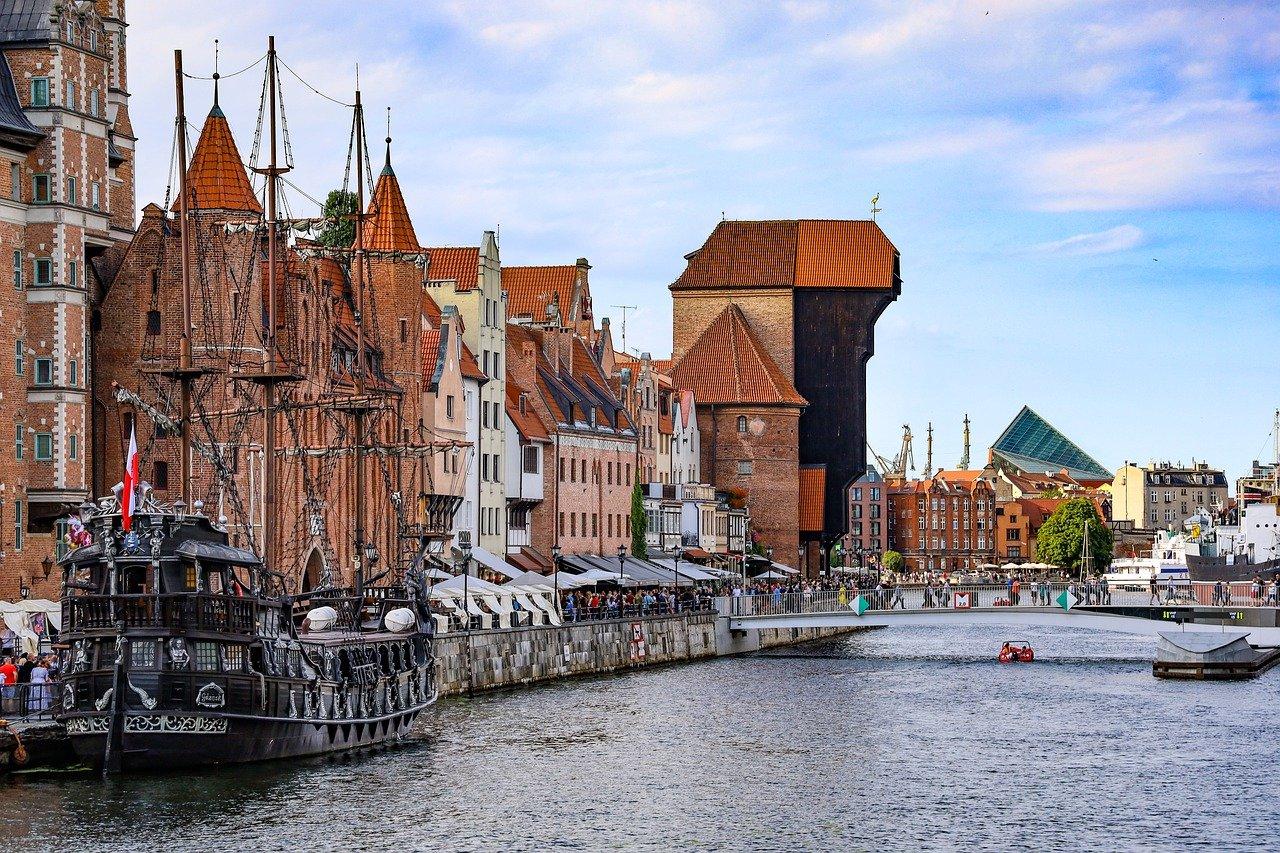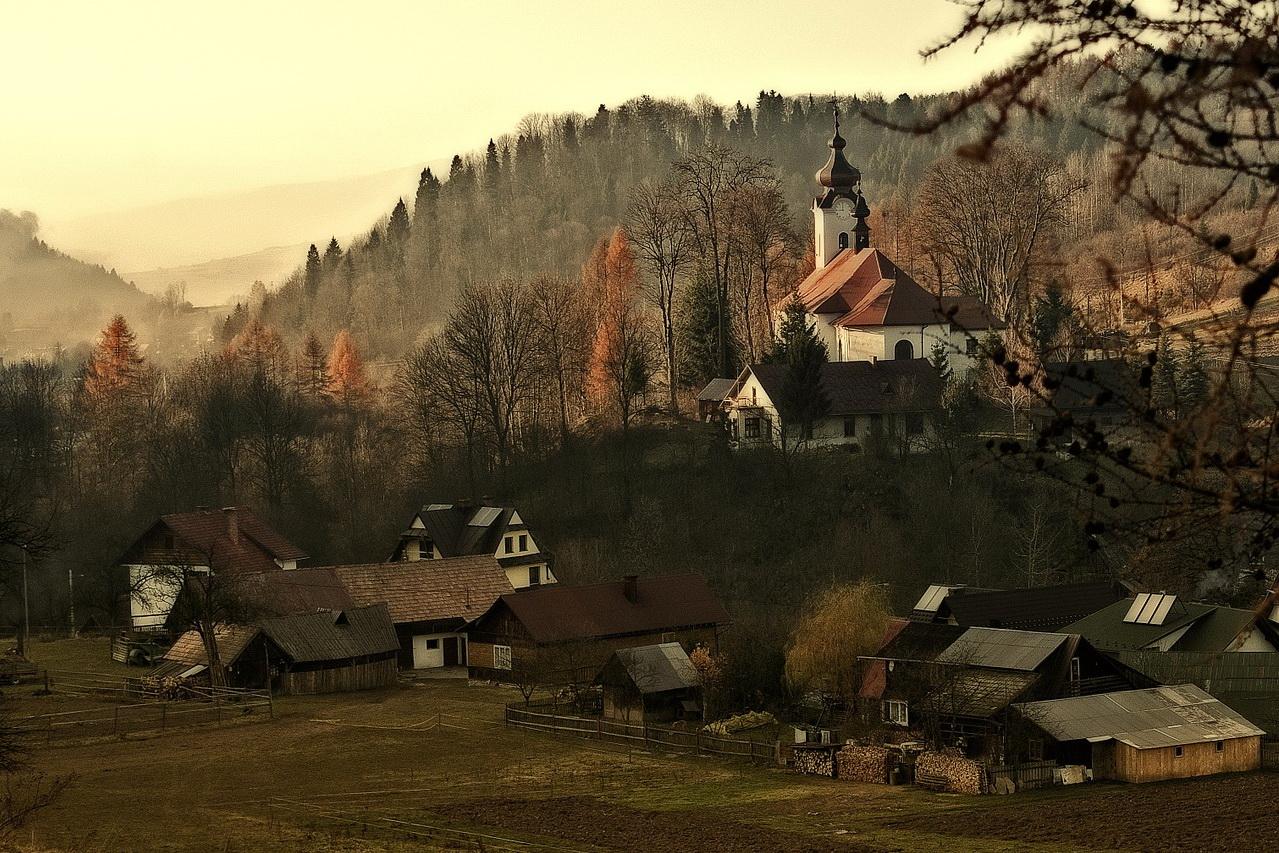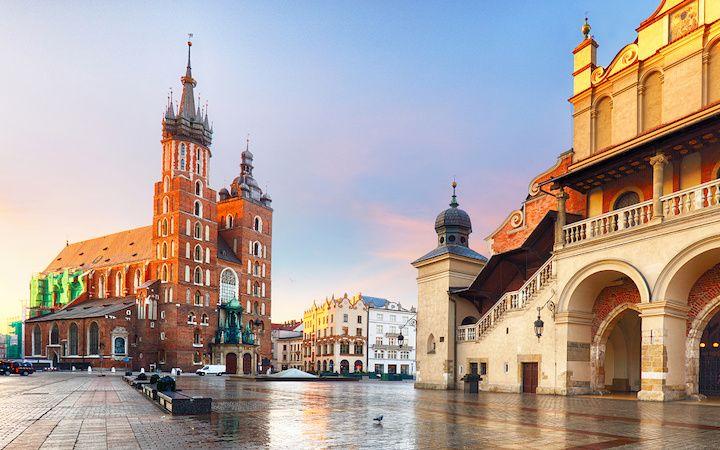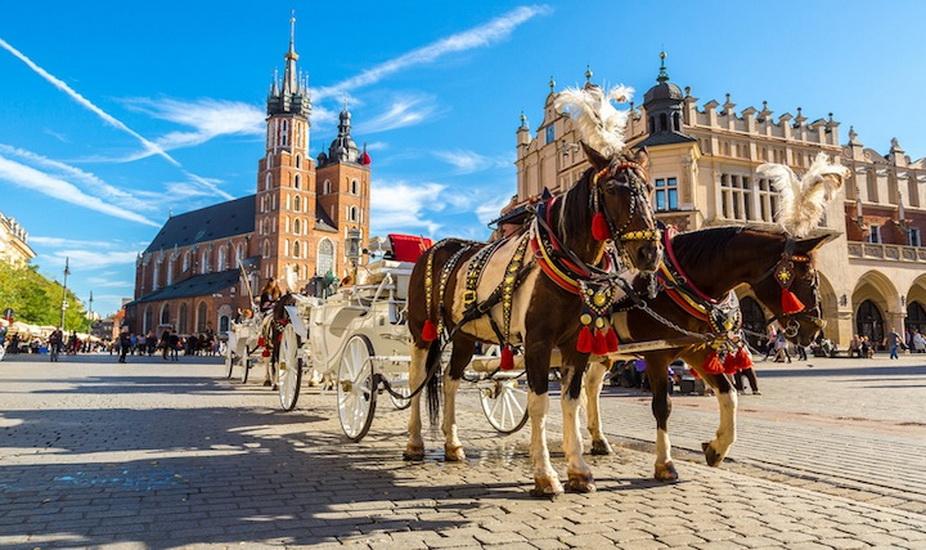Poland,
what is Poland famous for? Delicious Pierogi, beautiful cities such as Warsaw, Krakow – the former capital of Poland is one of the few that wasn’t destroyed during WWII and maintains some of the country’s most beautiful historic architecture. Wroclaw, Torun, the lakes and the Baltic Sea in the North, the Tatra mountains in the south. Salt Mine Wielitzka – one of the world’s oldest salt mines.
Polish Vodka, Amber – the Gold of the North, Frederik Chopin – Polish composer and pianist , Nicholas Copernicus –– astronomer who formulated the first model of the universe that placed the Sun at its center, not the Earth. The ‘Solidarity’ movement, founded in 1980, with 10 million members it became the largest union membership in the world. And the Polish hospitable friendly nation. Many reasons why it is worth to tour around.
Our luxury Premium Grand Tour of Poland will bring you to all major cities, we’ll start with Warsaw (quality sightseeing tour and Jewish Heritage), continue with magnificent Krakow, Tatra Mountains and Zakopane resort, Wroclaw and Torun up to Gdansk.
Our top Guide-drivers are from our travel team. We have visited every region and have in-depth knowledge of Polish history, art, architecture, culture, Poland under Communism as well as present-day Polish life. We offer high-end private tours (shorter, longer, even 18-20 day long) with focus on exceptional quality – of our guide-drivers, local tour guides, 4 and 5 star carefully chosen hotels, quality transportation using our Mercedes Benz V class vans.
Come and enjoy Poland with us! Peter Blazicek, CEO and founder










